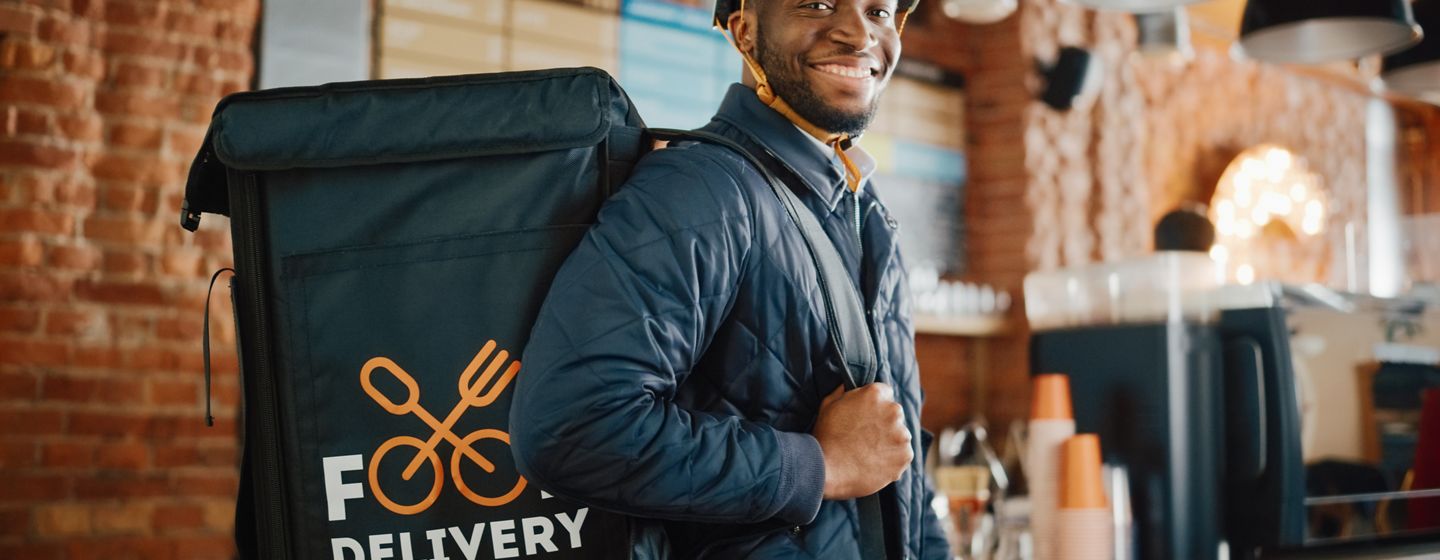Smart businesses are seeing the advantages of offering curbside pickup and delivery options. Maybe the idea of branching out feels a bit overwhelming to you. Southern Glazer’s is here to help. Here are some things to think about before adding new ways for customers to interact with your business.
1. Understand State & County Laws:
In the United States, each state has the authority to regulate the production, sale, and distribution of alcohol within its borders. This means state and local jurisdictions may have their own requirements in addition to federal requirements. Make sure you aware of the laws in your area. For a list of alcohol beverage authorities in your state, visit TTBGov - Alcohol Beverage Control Boards.
2. Make Operational Decisions First:
Start with the operational details. Are the new services available all the time? How will these options affect staffing? How will you track usage so you can determine whether it was a profitable decision? Will all products be available for delivery and pickup (think kegs, taps, larger orders)? These and many more questions should be answered before you start the new offerings.
3. Refresh Your Menu:
Consider a shortened menu and/or special offers that ensure your pricing is competitive (remember, wine and spirits retail pricing is different from your typical restaurant/bar pricing). Suggest wine or cocktail pairings on your menu. Or, consider offering at-home mixology kits with recipe cards and everything the consumer needs to create their favorite cocktail at home.
4. Get the Word Out:
Use social media, outdoor signage and all available channels to make sure you are communicating your new offerings with customers. You might even consider offering a discounted delivery charge on the first use.
5. Choose an Approach:
Choosing to develop an in-house delivery system for your restaurant involves some careful analysis, budgeting, and planning. Are you interested in developing your own delivery service rather than leaning on a third-party delivery company? Here are the things to consider when making that choice:
- Delivery Vehicles and Staff: You’ll need to pay for delivery cars or pay your couriers to use their cars.
- Gas Money: You’ll need to set up a system to track gas use and reimburse couriers for filling up the tank.
- Hiring Dedicated Delivery Prep Staff: As soon as your restaurant processes 30+ delivery orders per day, you’ll need to hire an employee dedicated to delivery.
- Insurance: There are delivery insurance plans that cover car insurance, business owners’ policies and workers compensation in case the driver gets injured.
- Packaging: Make sure the experience your customer is delivered when opening up the package or bag aligns with your restaurant brand.
- Designated Space for High-Volume Deliveries: You need room to store each order after it’s prepared. Shelves make it easier for couriers to gather order.
- Food Storage and Transportation: You will need to invest in insulated bags, coolers, and boxes to transport food without it becoming too warm or too cold.
- Delivery Tracking System: If left unmanaged, an un-tracked delivery system could lead to long wait times, theft, or unruly delivery overhead.
- Payment Process: You will need to determine when the customer submits payment: when their food is ordered or once it’s delivered, and a receipt.
- Choose a Communication Method: When a driver goes on dispatch, they need to be able to communicate with you. Should you give couriers a dedicated phone?
6. Initiate “Ask ‘Em”:
Also, don’t forget to train your staff to “ask ‘em” when interacting with delivery or curbside service patrons. By merely asking if there is anything else they need, you just may see a sizable uptick in sales.


